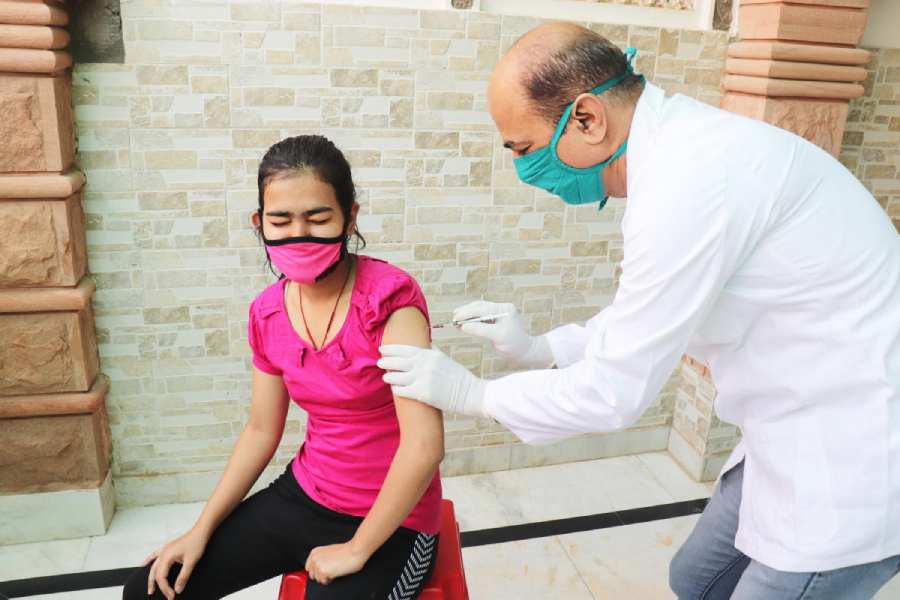An international peer-reviewed journal has decided to retract a paper by a team of Indian researchers that had claimed that “serious adverse events may occur in one per cent” of recipients of Covaxin, the country’s homegrown coronavirus vaccine.
The editor of the journal Drug Safety has told the researchers at Banaras Hindu University (BHU) that it intends to remove the paper that was published earlier this year and had prompted India’s apex medical research agency to call the underlying study “poorly designed and flawed”.
Covaxin, jointly developed by the Indian Council of Medical Research and the Hyderabad-based Bharat Biotech, was one of the two main Covid-19 vaccines used in India. Covaxin accounted for over 363 million of some 2.2 billion doses of Covid-19 doses administered during 2021 and 2022.
The study by a team of 11 researchers at the BHU Institute of Medicine had contacted around 900 adolescents and adults via telephone a year after they received Covaxin and questioned them about their health. They documented upper respiratory tract infections in 40 per cent, skin disorders in 10 per cent, and serious adverse events in 1 per cent of the respondents.
The ICMR, within days after the journal published the study in May, had written to the BHU team and to the journal saying the study had been poorly designed, critically flawed, and had falsely portrayed as having received support from the ICMR. Bharat Biotech had earlier this year filed a case in a Hyderabad court seeking damages from the BHU researchers and retraction of the paper by the journal.
The journal has since conducted a “post-publication review” and has taken a decision to retract the article”, the journal’s editor, Nitin Joshi, based in Auckland, New Zealand, wrote in an email to the authors on August 28. People familiar with the developments have shared with The Telegraph copies of the correspondence between the journal and the BHU researchers.
“The post-publication review has concluded that the reported adverse events of special interest were presented in a way that could lead to ambiguous or incorrect interpretation regarding the relationship with the BBV152 vaccine (Covaxin),” he also wrote, outlining the intended retraction notice. The journal has decided that the article “should be removed on public health grounds”.
Two email queries sent to Joshi by this newspaper seeking his perspectives on the journal’s decision to retract the paper have not evoked a response. The paper was on the journal’s website on Wednesday. The BHU researchers, however, have written to Joshi asking him to refrain from retracting or removing the article until the case is disposed of or completed by the court.
“This unilateral decision of yours to retract the paper not only risks defaming the authors but also sets a troubling precedent where academic journals may appear submissive to external pressures, including those imposed by industry and others,” one of the BHU co-authors wrote to Joshi on September 7.
The ICMR had told the journal earlier this year that the paper had “implicitly” made conclusions about the vaccine’s safety that were not supported by evidence. Sections of public health and medical experts in India had applauded the ICMR’s note to the journal saying they were concerned that irresponsible interpretation and dissemination of the paper’s claims could spawn needless fears and vaccine hesitancy among members of the public.
A medical expert familiar with the paper’s content and the ICMR’s observations said the paper had made it clear that the study design had “limitations”, implying that none of its observations could be viewed as conclusions.
“But sections of the media misinterpreted the paper’s content, sensationalising it in a way that could cause fear in the public. The researchers can’t be blamed for this,” the expert said, adding: “A mountain was made from a molehill.”










